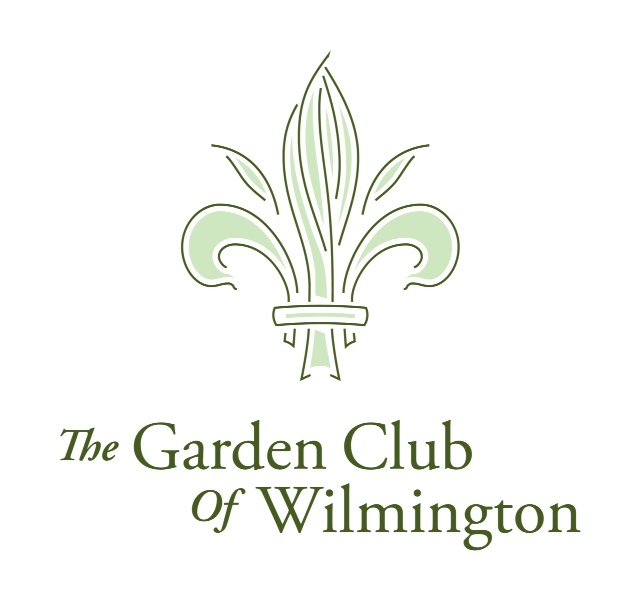Mt. Cuba Center recently released their Carex Research Report detailing 65 native Mid-Atlantic species and selections. If you’re wondering why Carex and why now—sedges are a large genus—and we are just learning there is a sedge to match every possible need in the landscape. Carex is quickly becoming a garden favorite for designers and homeowners alike. The humble appearance of the grass-like sedges blends well with any garden scheme and provides much needed texture, wildlife food and habitat, erosion control, and winter presence. If you’ve never experimented with sedges before, let this be your sign to give it a try!
THEY FOUGHT THE LAWN AND THE LAWN IS DONE.
OLMSTED-BEIL HOUSE, THE ABANDONED HOME OF FREDERICK LAW OLMSTED ON STATEN ISLAND
Read excerpts from Michelle Young’s article posted on “ Untapped: New York” about the Olmsted-Beil House, the abandoned home of Frederick Law Olmsted on Staten Island. Located in Eltingville on the south shore of Staten Island off Hylan Boulevard, the abandoned farmhouse, and property known today as the Olmsted-Beil House dates in part to 1720. Since 2006, it has been part of the NYC Parks system and has been a city landmark since 1967. The home is part of an original 125-acre farmland Olmsted’s father purchased and historians contend that it was an essential training ground for Olmsted’s later success in landscape design. A new video by Matt Falber tells the history of the house and the decades-long activism that saved it from demolition, along with the work still to be done.
FEATHER ANATOMY - HOW DO FEATHERS WORK?
From the fluffy down on a swan chick to the brilliant spiral on a King Bird-of-Paradise tail, feathers are remarkable not just in the way they look to the naked eye, but also for their intricate microstructure. Understanding feather anatomy at the microscopic level provides insight into how feathers function.. Read this brief explanation of feather structure from the Cornell Lab of Ornithology. Their Bird Academy provides online courses and access to live events from the Cornell Lab of Ornithology.
THE GCA ANNOUNCES THE 2022 PLANT OF THE YEAR: MONTINE MCDANIEL FREEMAN MEDAL
The GCA Freeman Medal was established to highlight underutilized, but highly worthy North American native plants: trees, shrubs, ground covers, vines, and perennials. The goal is to encourage their use in the landscape and make them familiar to gardeners and more available in nurseries. Read more about this year’s winners.
